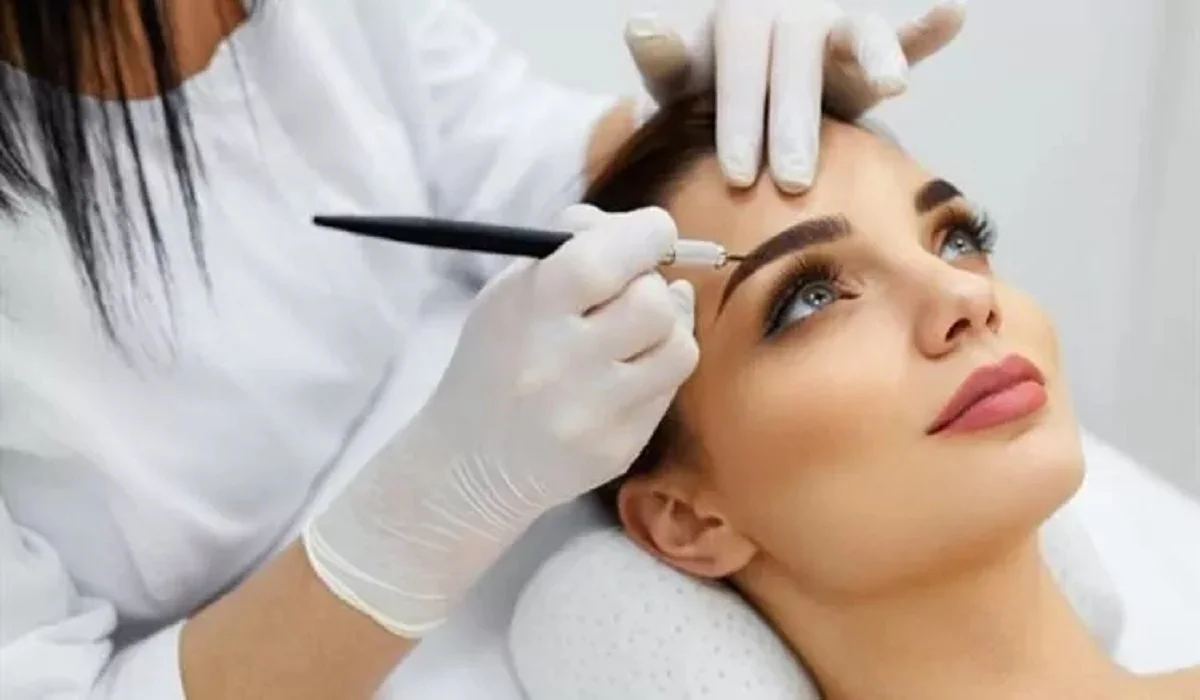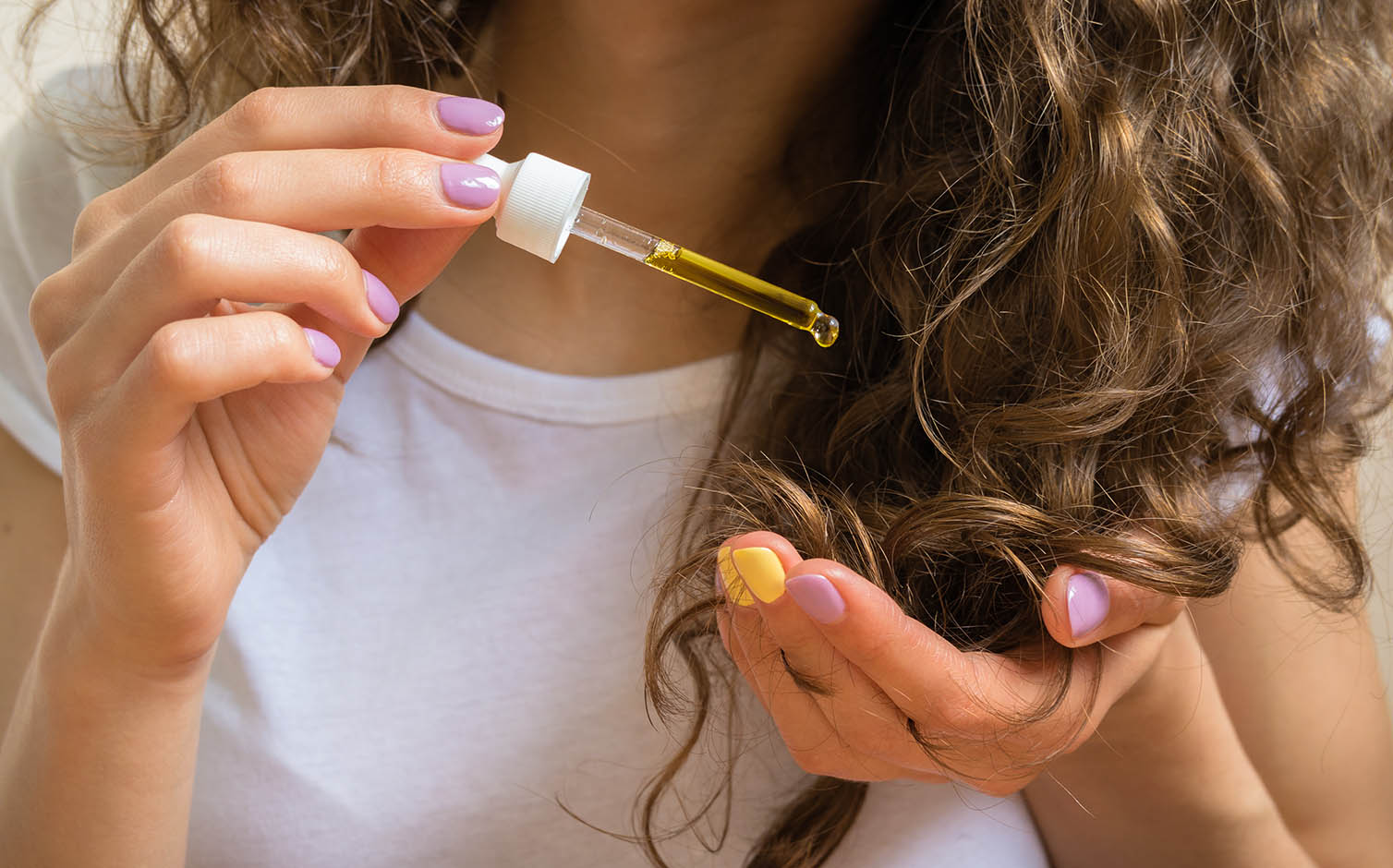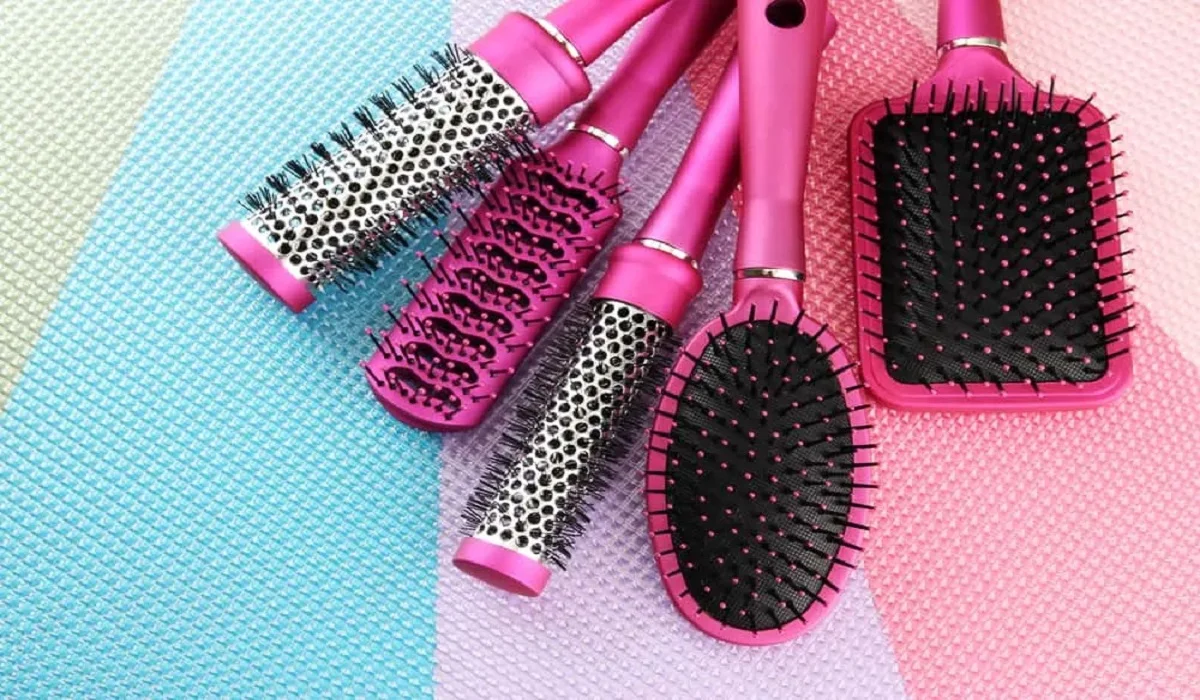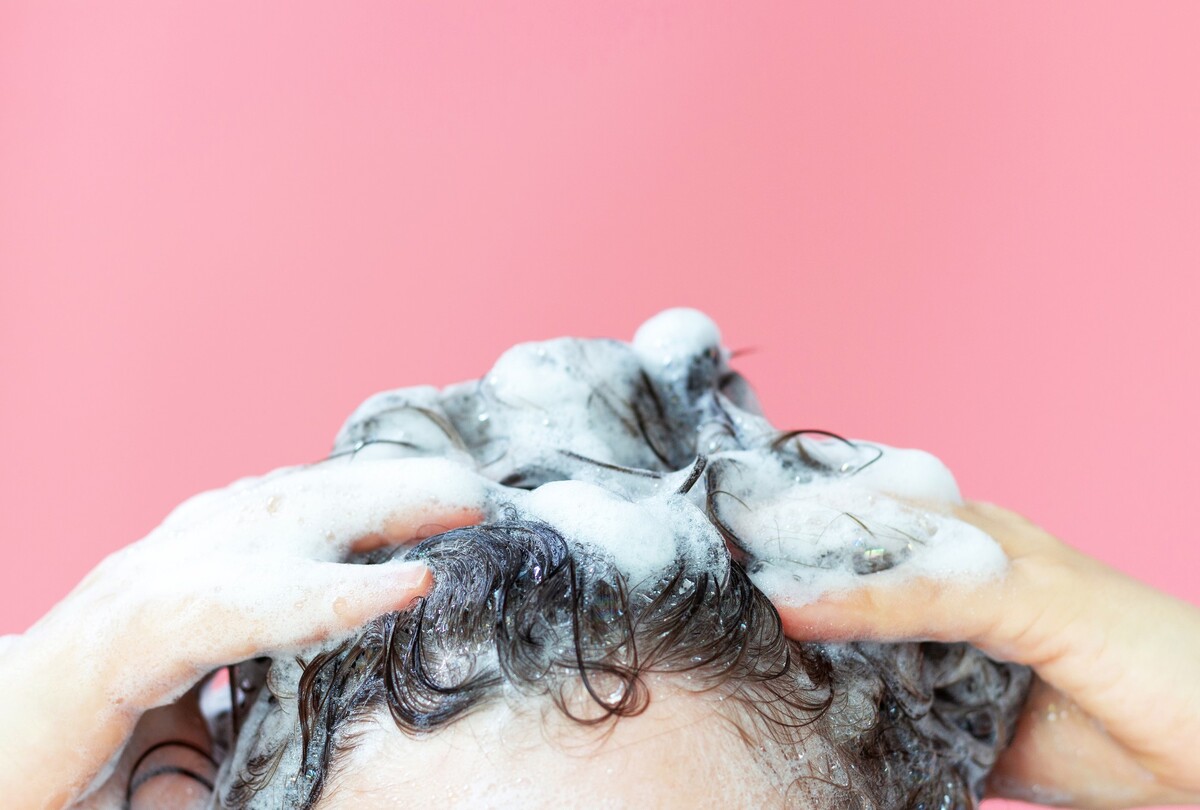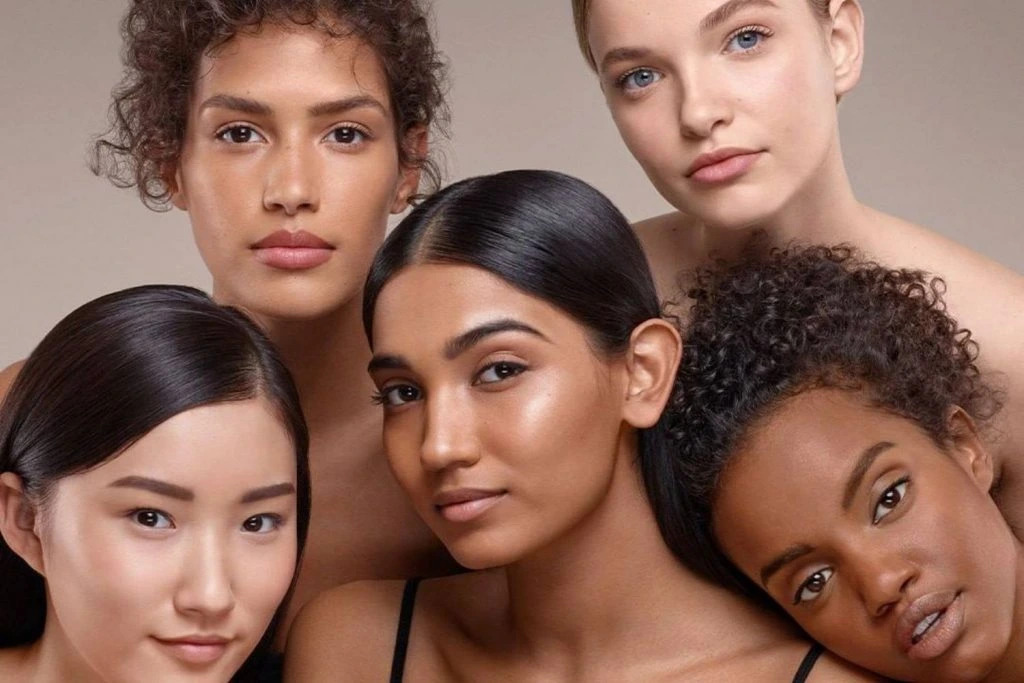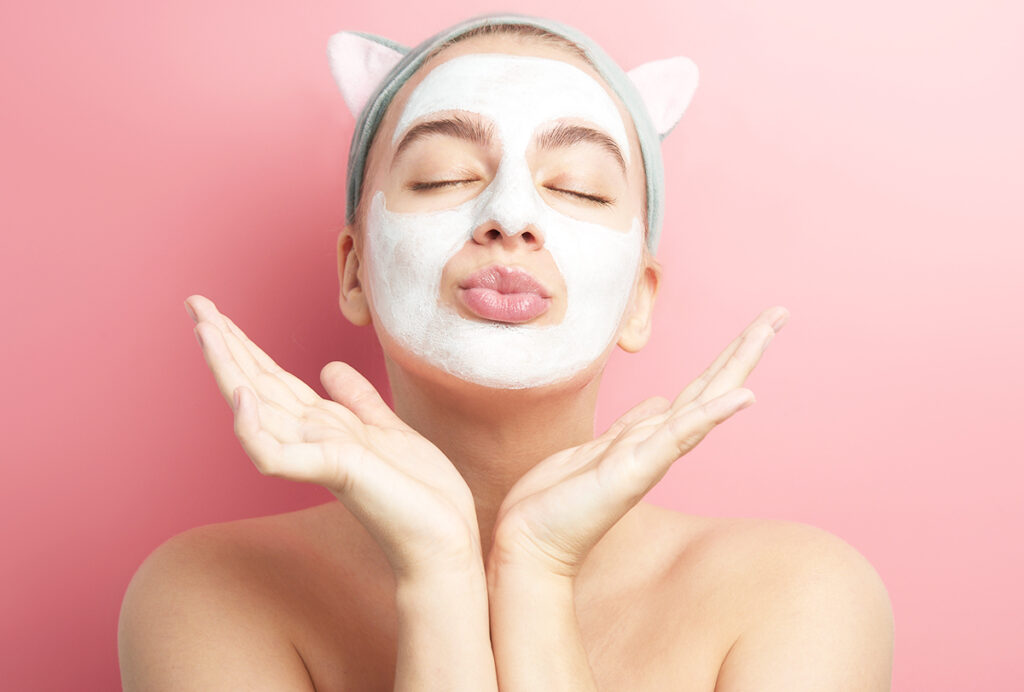
The pursuit of radiant and even-toned skin has been a beauty ideal across cultures and time. Whether for personal preferences, aesthetic reasons, or addressing skin concerns, individuals often explore methods to lighten their skin tone. It’s important to approach this process with mindfulness, understanding, and safety. In this comprehensive guide, we will delve into the world of skin tone lightening, exploring various techniques, products, and considerations to help you achieve your desired results while maintaining the health and integrity of your skin.
Understanding Skin Tone and Pigmentation
Skin tone is determined by the amount of melanin in the skin. Melanin, a natural pigment, provides protection against harmful UV rays and gives color to the skin, hair, and eyes. Skin tones range from very fair to deep brown, with variations influenced by genetics, environmental factors, and sun exposure.
Why Lighten Your Skin Tone?
People consider skin tone lightening for various reasons:
- Hyperpigmentation: Dark spots, melasma, and post-inflammatory hyperpigmentation (PIH) are common concerns that can lead to uneven skin tone.
- Aesthetic Preferences: Some individuals prefer a lighter skin tone for personal aesthetic reasons, influenced by cultural norms or individual preferences.
- Boosting Confidence: Achieving an even complexion can boost self-esteem and confidence, allowing individuals to feel more comfortable in their skin.
Safe Approaches to Skin Tone Lightening
It’s crucial to prioritize safety and choose methods that align with your skin’s health. Here are safe approaches to consider:
- Topical Treatments: Over-the-counter and prescription creams containing ingredients like alpha hydroxy acids (AHAs), retinoids, and niacinamide can help lighten dark spots and promote overall skin renewal.
- Sun Protection: Sunscreen is essential. Protecting your skin from UV radiation prevents further pigmentation and maintains the effectiveness of lightening treatments.
- Professional Treatments: Consult a dermatologist for professional treatments like chemical peels, microdermabrasion, or laser therapy. These treatments should be performed by trained professionals.
- Natural Ingredients: Some natural ingredients, such as vitamin C, licorice extract, and kojic acid, have been shown to have skin-lightening properties. Consult a professional before using them.
- Consultation: Prioritize a consultation with a dermatologist before embarking on any skin lightening regimen. They can assess your skin, provide tailored recommendations, and monitor your progress.

Home Remedies for Skin Tone Lightening
- Lemon Juice: Lemon juice contains natural citric acid, which may help lighten dark spots over time. However, it can be irritating, so use with caution and always dilute it with water.
- Turmeric: Turmeric contains curcumin, which has anti-inflammatory and skin-brightening properties. Create a paste with turmeric and other ingredients for a gentle mask.
- Yogurt: Yogurt contains lactic acid, an AHA that may help exfoliate and lighten the skin. It also has a soothing effect.
- Aloe Vera: Aloe vera gel may help reduce inflammation and promote healing, potentially benefiting skin tone and texture.
- Honey: Honey is a natural humectant that can help moisturize the skin. It also has mild exfoliating properties.
Tips for Achieving Safe and Effective Results
- Patience is Key: Skin tone lightening takes time. Results may not be immediate, so be patient and consistent in your approach.
- Stay Hydrated: Proper hydration supports healthy skin. Drink plenty of water to maintain skin’s natural glow.
- Gentle Exfoliation: Regular exfoliation can help remove dead skin cells and enhance the effects of lightening treatments. However, avoid excessive exfoliation, which can irritate the skin.
- Balanced Diet: A diet rich in antioxidants, vitamins, and minerals supports overall skin health.
- Mindful Product Choice: When using products, select those that are formulated for your skin type and concerns. Avoid harsh ingredients that can damage the skin’s barrier.
Expert Insights and Considerations
- Dr. Ava Shamban, Dermatologist: “When considering skin lightening, consult a dermatologist to ensure you’re using safe and effective methods that address your specific concerns.”
- Dr. Susan Taylor, Dermatologist: “Hydroquinone is a common ingredient used for skin lightening, but it should be used under the guidance of a dermatologist to avoid potential risks.”
- Dr. Michelle Henry, Dermatologist: “It’s important to focus on the overall health of the skin. Achieving a radiant complexion involves a combination of lifestyle factors, skincare, and professional treatments.”
The journey toward achieving your desired skin tone involves thoughtful consideration, research, and a commitment to safe practices. Lightening your skin tone should prioritize your skin’s health, and the approaches you choose should align with your goals and preferences. Whether addressing hyperpigmentation, enhancing your confidence, or simply striving for an even complexion, maintaining a mindful and informed approach will contribute to the long-term health and radiance of your skin. Consultation with a dermatologist, practicing proper skincare, and embracing safe methods will guide you toward a successful and satisfying journey toward skin tone lightening.

